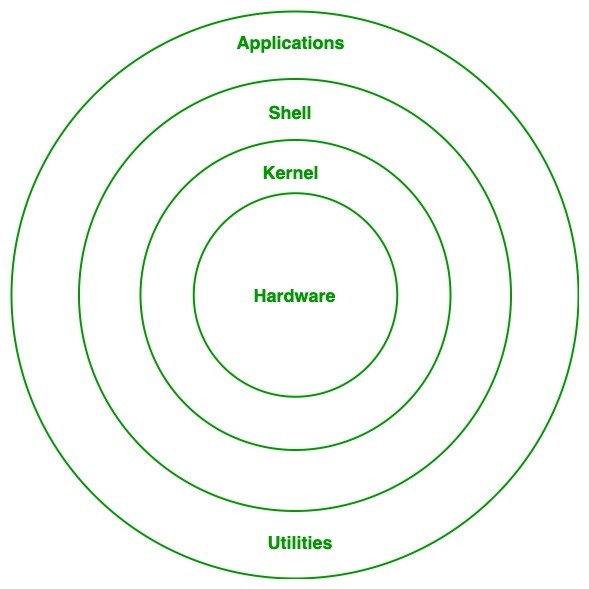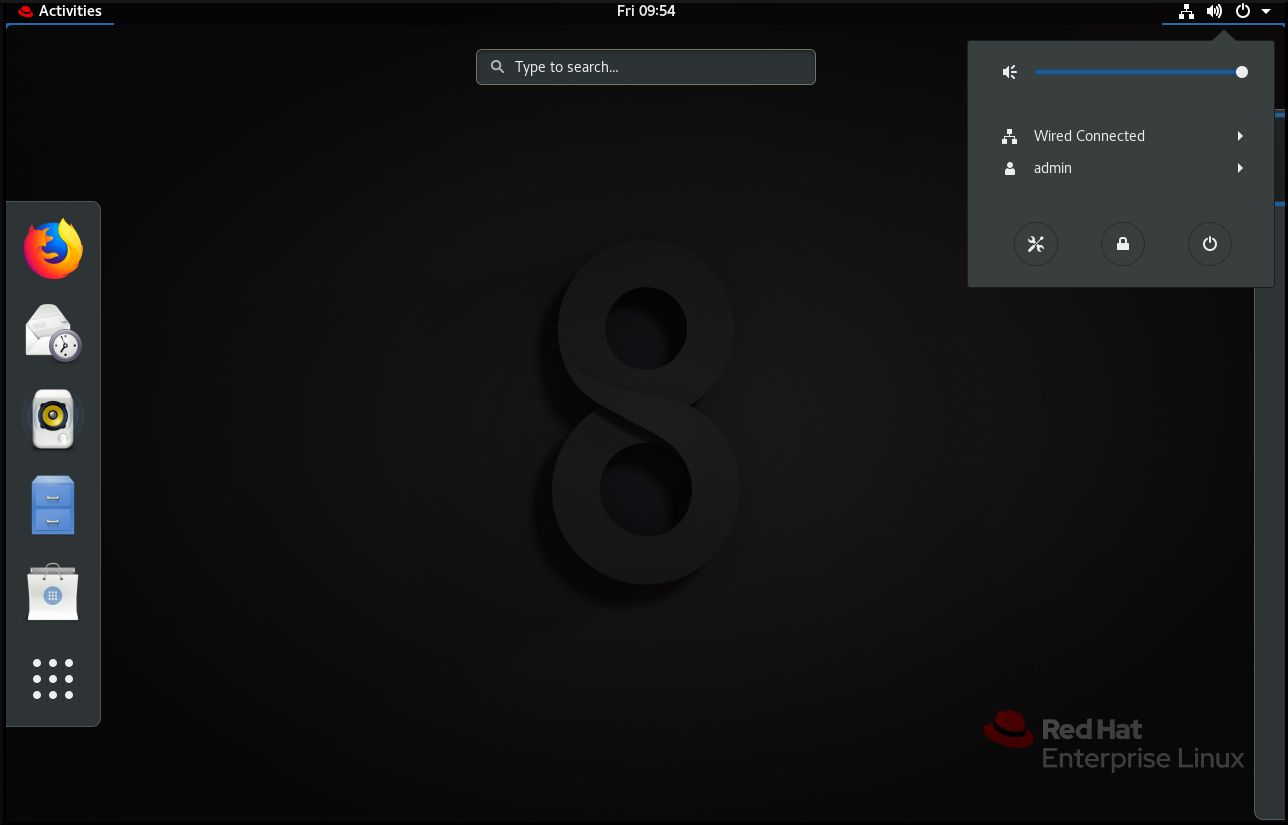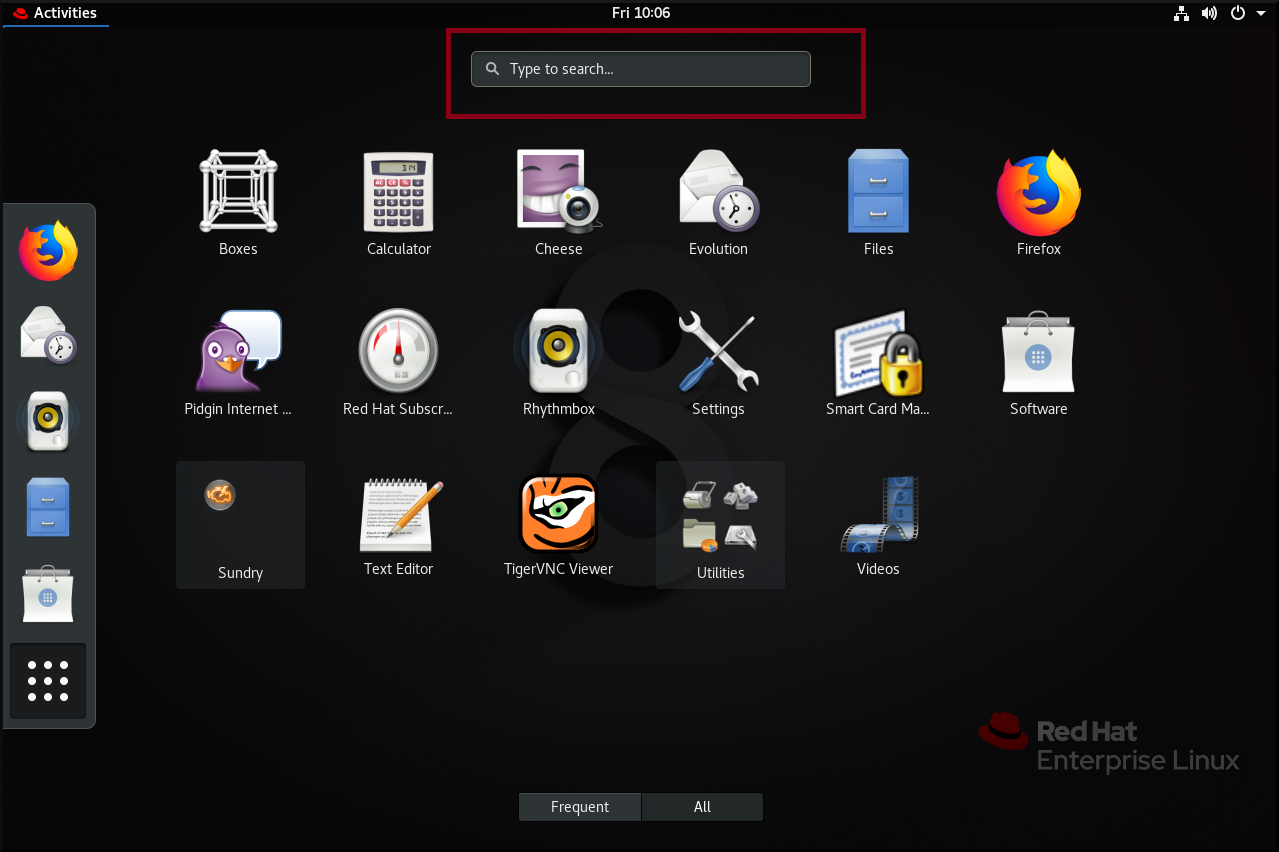- What is the Linux system administration?
- Linux system administration
- Linux operating system
- Components of Linux operating system
- Linux operating system interface
- Summary
- Introduction to Linux Operating System
- Linux Distribution
- Architecture of Linux
- Advantages of Linux
- Disadvantages of Linux
- Introduction to Graphical User Interface of RedHat Linux Operating System
- Linux GUI components:
What is the Linux system administration?
Many candidates are rejected or down-leveled due to poor performance in their System Design Interview. Stand out in System Design Interviews and get hired in 2023 with this popular free course.
Linux system administration
Linux system administration is a process of setting up, configuring, and managing a computer system in a Linux operating system software environment. System administration involves creating a user account, taking reports, performing backup, updating configuration files, documentation, and performing recovery actions. The user who manages the server, fixes configuration issues, recommends new software updates, and updates document is the system administrator.
Linux operating system
The Linux operating system was developed by Linus Torvalds in 1991. The Linux operating system is an open-sourced system software that manages the computer hardware resources and computing devices. The operating system manages the communication between your application software and hardware resources. Because it is an open source software, it allows the user to have access to its source code, give room for further modification, and allow for further distribution as received.The Linux family is called distribution (distro), whereas the Windows operating system is called version.
Components of Linux operating system
The Linux operating system contains the following components:
- Bootloader: This is a software that manages the boot process of your computer.
- Kernel: The kernel is also called the Linux kernel and is the system traffic controller that allocates system resources to the running application. Software applications request the kernel for hardware resources such as disc space, RAM, and CPU. Software applications use the API Application Programming Interface to work with the kernel on a high level of abstraction.
- Init system: This is a subsystem that bootstraps the user space and controls daemons. The init system manages the boot process after it is handled by the bootloader.
- Daemons: Daemons are programs or drivers that manage underground applications like printing sounds, network, etc.
- Graphical server: The graphical server system supports the graphic display on the screen.
- Desktop environment: The desktop environment allows the user to interface with the operating system. The Linux OS offers a variety of desktop environments with their own built-in applications to choose from.
- Application: The desktop environment does not offer all of the applications a user might need, but Linux allows the user to install additional applications.
The Linux operating system is used as a client-side (desktop) and server-side operating system.
Linux operating system interface
The Linux operating system offers two types of user interface, CLI Command Line Interface and GUI Graphical User Interface . The CLI is mostly used on the server-side, while GUI is used on the client-side. The interface depends on what the user intends to achieve with the Linux OS.
The Linux OS serves as the backbone for network infrastructure, Cloud computing, web servers, database servers, email servers, and directory service. Each of these servers and services requires a system administrator to manage them.
System administration is carried out by an expert in the IT (Information Technology) industry. The expert ensures that all computing devices and networks work properly. The job demand depends on the kind of system, software application, and work environment.
System administrator allows the administrator to allocate user privileges based on the required resources and function of the user. The system administrator is the most privileged user, known as the super user, and determines what computing resources each user receives.
Summary
In summary, Linux system administration is a process that involves managing, monitoring, installing, and documenting computer hardware and software procedures, and sets up measures for disaster recovery in a Linux environment.
Introduction to Linux Operating System
Linux is a community of open-source Unix like operating systems that are based on the Linux Kernel. It was initially released by Linus Torvalds on September 17, 1991. It is a free and open-source operating system and the source code can be modified and distributed to anyone commercially or noncommercially under the GNU General Public License.
Initially, Linux was created for personal computers and gradually it was used in other machines like servers, mainframe computers, supercomputers, etc. Nowadays, Linux is also used in embedded systems like routers, automation controls, televisions, digital video recorders, video game consoles, smartwatches, etc. The biggest success of Linux is Android(operating system) it is based on the Linux kernel that is running on smartphones and tablets. Due to android Linux has the largest installed base of all general-purpose operating systems. Linux is generally packaged in a Linux distribution.
Linux Distribution
Linux distribution is an operating system that is made up of a collection of software based on Linux kernel or you can say distribution contains the Linux kernel and supporting libraries and software. And you can get Linux based operating system by downloading one of the Linux distributions and these distributions are available for different types of devices like embedded devices, personal computers, etc. Around 600 + Linux Distributions are available and some of the popular Linux distributions are:
- MX Linux
- Manjaro
- Linux Mint
- elementary
- Ubuntu
- Debian
- Solus
- Fedora
- openSUSE
- Deepin
Architecture of Linux
Linux architecture has the following components:
- Kernel: Kernel is the core of the Linux based operating system. It virtualizes the common hardware resources of the computer to provide each process with its virtual resources. This makes the process seem as if it is the sole process running on the machine. The kernel is also responsible for preventing and mitigating conflicts between different processes. Different types of the kernel are:
- Monolithic Kernel
- Hybrid kernels
- Exo kernels
- Micro kernels
- System Library: Isthe special types of functions that are used to implement the functionality of the operating system.
- Shell: It is an interface to the kernel which hides the complexity of the kernel’s functions from the users. It takes commands from the user and executes the kernel’s functions.
- Hardware Layer: This layer consists all peripheral devices like RAM/ HDD/ CPU etc.
- System Utility: It provides the functionalities of an operating system to the user.
Advantages of Linux
- The main advantage of Linux, is it is an open-source operating system. This means the source code is easily available for everyone and you are allowed to contribute, modify and distribute the code to anyone without any permissions.
- In terms of security, Linux is more secure than any other operating system. It does not mean that Linux is 100 percent secure it has some malware for it but is less vulnerable than any other operating system. So, it does not require any anti-virus software.
- The software updates in Linux are easy and frequent.
- Various Linux distributions are available so that you can use them according to your requirements or according to your taste.
- Linux is freely available to use on the internet.
- It has large community support.
- It provides high stability. It rarely slows down or freezes and there is no need to reboot it after a short time.
- It maintain the privacy of the user.
- The performance of the Linux system is much higher than other operating systems. It allows a large number of people to work at the same time and it handles them efficiently.
- It is network friendly.
- The flexibility of Linux is high. There is no need to install a complete Linux suit; you are allowed to install only required components.
- Linux is compatible with a large number of file formats.
- It is fast and easy to install from the web. It can also install on any hardware even on your old computer system.
- It performs all tasks properly even if it has limited space on the hard disk.
Disadvantages of Linux
- It is not very user-friendly. So, it may be confusing for beginners.
- It has small peripheral hardware drivers as compared to windows.
Is There Any Difference between Linux and Ubuntu?
The answer is YES. The main difference between Linux and Ubuntu is Linux is the family of open-source operating systems which is based on Linux kernel, whereas Ubuntu is a free open-source operating system and the Linux distribution which is based on Debian. Or in other words, Linux is the core system and Ubuntu is the distribution of Linux. Linux is developed by Linus Torvalds and released in 1991 and Ubuntu is developed by Canonical Ltd. and released in 2004.
Introduction to Graphical User Interface of RedHat Linux Operating System
Red Hat Linux-based operating system from Red Hat designed for business. It’s one of the highly used Enterprise Operating System in the Linux market. It’s an open-source Operating System. Feasible to work on desktops, on servers, or on the cloud. Red Hat and Its community-supported counterpart. Fedora, are among the most widely used Linux distributions in the world. The desktop environment is the graphical interface on a Linux system. The default desktop environment in RedHat is provided by GNOME(GNU Network Object Modeling Environment, A GUI-based user interface for Linux and other Unix environments).
Typical user interface of Red Hat
GUI provides an integrated desktop for the user and a unified development platform on top of a graphical framework provided by the X Window System.
Linux GUI components:
Top Bar: The Topbar is present at the topmost part of the screen. It provides the places and application menus, and control for calendar access, volume control, networking, and selecting between keyboard input methods. Under the menu, the user has an option to adjust the account setting, lock the screen, switch user, log out of the system, or shut it down.
Dash: Dash can be seen at the left-most column. This is a configurable list of icons of the user favorite applications, the application which is currently running, and a ‘Grid button’ which can be used to select an arbitrary application. The application can be started by clicking one of the icons or by using the grid button to find a less commonly used application.
Message Tray: This Tray provides a way to review notification send by application or system component. If a notification occurs, it first appears briefly at the right bottom of the screen. The message can be opened to review the notification by clicking the indicator.
Activity Menu: This menu appears on the top left-hand side provides a way to start the application. This is a special mode that helps the user organize the window and start the Application. The main areas of the Activity overview are the dash on the left side of the screen, The Window Overview in the center of the screen, and the workplace selector on the right side of the screen. Activity Overview can be quit by pressing the Esc key. An advantage of using Activities Overview is that windows can be clicked and dragged between the desired workspace.
Search Box: It provides quick access through a graphical file manager to the important menu in the user home directory, to ‘ / ‘ , and to export and file shares on the network.
Some most Important and Basic command that will surely help a lot to start:
- Ctrl+Alt+T: A shell prompt display appears for the user, that starts the graphical terminal program.
- Ctrl+Alt+L: This command is used to lock the screen. A lock screen will appear that shows the system and the name of the logged-in user.
- Ctrl+Alt+Del: By this command a dialog box appears, the user can choose to “Power off “, “Restart” or “Cancel” the operation.
Note: If the user does not make any choice, the system will automatically shut down after 60sec.






